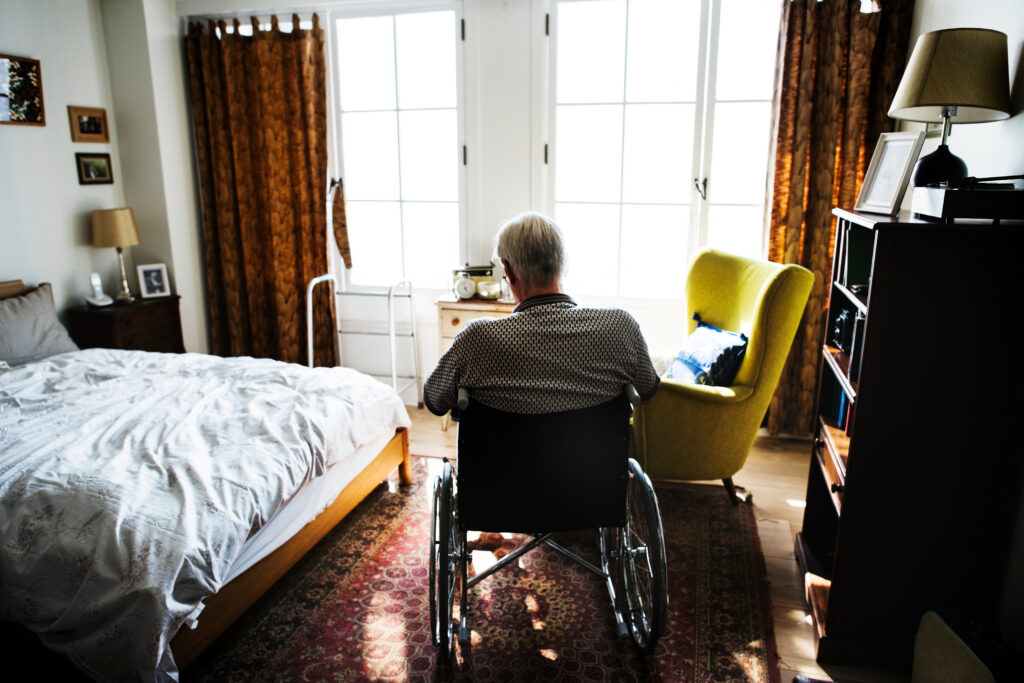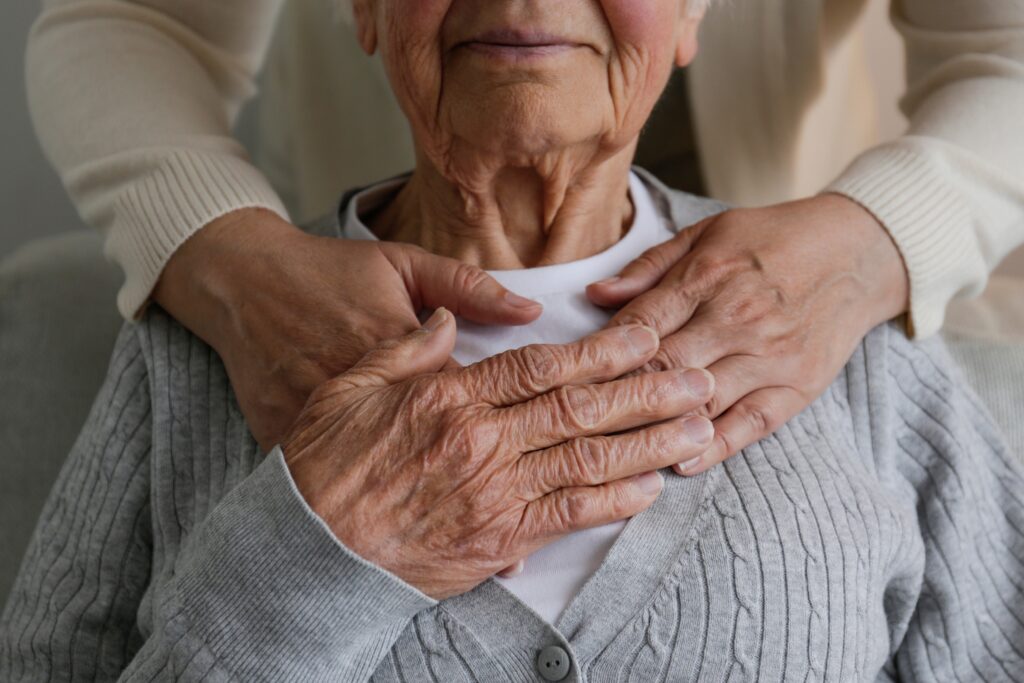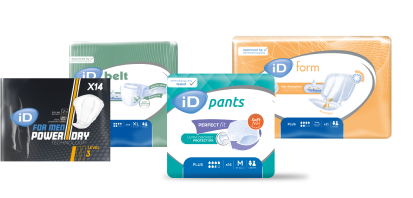Transform Your Home for Caregiving: Practical Upgrades for Safety
Providing care for a loved one is a deeply fulfilling experience, but it also comes with its own set of challenges. If you’re helping someone manage needs like incontinence, your home becomes not just a living space but a central hub for caregiving. Transforming your home to meet these new demands can feel daunting, but making small, thoughtful upgrades can create an environment that’s safe, comfortable, and efficient for both you and your loved one.
Here, we’ll explore practical, budget-friendly ways to modify your home to better support caregiving. From bathroom safety to bedroom comfort and general accessibility, these tips can make a world of difference while easing your caregiving role.

Bathroom Safety Is Paramount
The bathroom can be one of the riskiest areas for your loved one, as water and tile surfaces create a high potential for slips and falls. Fortunately, simple upgrades can make this space safer and more accessible.

Non-Slip Flooring Solutions
Install non-slip mats in high-risk areas like bathtubs, showers, and bathroom floors. Look for materials that drain water quickly to reduce buildup and accidents. For an added layer of security, consider adhesive non-slip strips for tiled surfaces.

Grab Bars and Stability Solutions
Grab bars are an essential addition to bathrooms, offering support while using the toilet, sink, or shower. Choose stainless steel or rust-resistant bars for durability and position them at key heights to provide stable spots to grasp when entering or exiting the shower.
Raised Toilet Seats and Safety Frames
A raised toilet seat not only reduces strain on knees and joints but also simplifies getting up and down for someone with limited mobility. Add a safety frame with handlebars around the toilet for extra balance and ease.
Handheld Showerheads
Replacing the standard showerhead with a handheld one provides better control during bathing, which can make the process safer and less stressful. Include adjustable settings for water pressure to make the experience comfortable.
Bath Benches or Seats
Waterproof benches or chairs are particularly useful for individuals with balance difficulties. They also relieve fatigue during showers, making bathing a more pleasant experience.
Accessible Storage
Maximize utility by installing wall-mounted storage or open shelving to keep bathing essentials like soap, towels, and incontinence supplies within reach.
These updates not only minimize risks but also help foster independence, allowing your loved one to use the bathroom with greater confidence. s.
Enhancing Bedroom Comfort and Functionality

Creating a bedroom environment that promotes relaxation and accommodates caregiving needs is vital. This space should not only provide comfort but also facilitate routine care tasks.
Waterproof and Protective Bedding
Waterproof mattress covers and overlays are lifesavers for managing accidents discreetly. Look for breathable, machine-washable materials to maintain hygiene without compromising on comfort.
Adjustable Beds
Adjustable beds can tilt or raise sections, allowing your loved one to find a comfortable position while making it easier for you to assist with transfers or care tasks.
Easy-Access Organizers
Keep essential items like wipes, medications, and fresh bedding close at hand by organizing them efficiently in bedside caddies or stackable storage. This minimizes effort and ensures you’re prepared, even for nighttime needs.
Lighting Upgrades
Install motion-sensor nightlights to illuminate pathways without disturbing sleep. Dimmable lamps with easy-to-reach switches can make nighttime caregiving smoother.
Furniture for Convenience
Add a sturdy chair with arms to the room, giving your loved one a stable spot to sit for dressing or grooming. Also, ensure any dressers or closets are easy to access to reduce strain.
A well-organized, cozy bedroom simplifies caregiving while fostering a calming atmosphere for your loved one.
General Home Accessibility

Beyond specific rooms, the entire home should be easily navigable for both you and your loved one. Making general changes to improve accessibility can reduce daily stress and create a more accommodating environment.
Clear Walkways
Declutter halls and living areas by removing trip hazards like small rugs, cords, or excess furniture. Ensure pathways are wide enough for mobility aids like walkers or wheelchairs.
Threshold Ramps
For homes with small steps between rooms, portable threshold ramps can make transitions smoother. They also provide independence for loved ones using wheelchairs.
Reorganize and Label Essentials
Dedicate specific storage areas for caregiving supplies, from medical gloves to incontinence products. Label these areas clearly to make everything easy to locate.
Comfortable Seating Options
Choose chairs or couches with armrests to help your loved one stand up easily. Include waterproof cushions for seating in areas where incontinence might be a concern.
Safety Enhancements
Use swing-clear door hinges to widen narrow doorways, accommodating wheelchairs without requiring expensive renovations. Be sure any cords or wires along the floor are secured.
Your living space can become more functional and less stressful for caregiving with these manageable updates.
Budget-Friendly Tips for Cost-Effective Solutions

While caregiving often brings unexpected expenses, you can make meaningful home upgrades without spending a fortune. Here are some budget-friendly strategies to consider:
Repurpose What You Have
Look around your house for items that could serve caregiving purposes. A sturdy kitchen chair, for example, might work as a dressing aid.
Shop Secondhand
Many durable and high-quality mobility aids, such as grab bars or shower benches, can be purchased secondhand at a fraction of the cost. Check local thrift stores or online marketplaces.
Leverage Community Resources
Nonprofits, local organizations, and government programs often provide free or low-cost items like mobility equipment, safety adaptations, or financial assistance for caregivers.
DIY Where Possible
Installing grab bars or handheld showerheads is often straightforward and can be done without hiring a professional. Online tutorials can help guide these projects.
Cost-effective solutions ensure you can provide safe and practical care without adding financial strain.
The Emotional Benefits of a Supportive Environment
Practical modifications aren’t just about logistics; they also bring emotional rewards. A well-adapted home empowers your loved one, giving them a sense of control over their daily life. It shows them they are cared for in a respectful, thoughtful way, reducing feelings of embarrassment or dependency.
For caregivers, an organized, accessible home makes daily tasks smoother and less overwhelming. It frees up time and energy, allowing you to focus on more meaningful moments with your loved one—whether that’s sharing a laugh, a meal, or a simple conversation.
Discover More Caregiving Solutions with iD
Caring for a loved one can be challenging, but you don’t have to do it alone. Visit the iD website for a wealth of resources, products, and expert advice designed to make caregiving easier. From incontinence solutions to tips on creating a safe and comfortable home, iD is here to support you every step of the way.
Explore the full range of tools and guidance at iD website and find the solutions that work best for your caregiving needs. Together, we can create a better environment for you and your loved ones.

What is my ideal solution?

